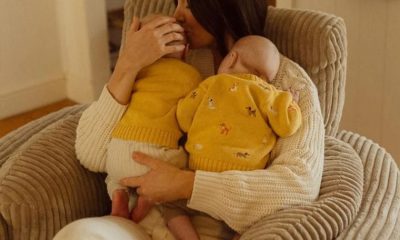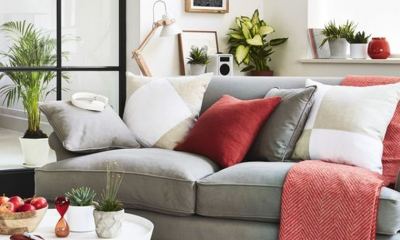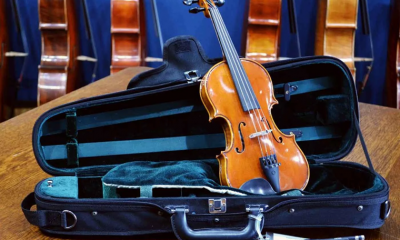Home Decor
The Benefits of Indigenous Artwork for Modern Interiors
Indigenous art is the artwork created by the traditional, Indigenous people who come from the land. It can be found throughout the Southern hemisphere region in Australia, known as Aboriginal art, in New Zealand in the Maori designs, as well as the Pacific Islands, the Solomon Islands, the Torres Strait Islands, Indonesia and Papua New Guinea, Northwest Coastal people of the US, Meso and Central America, the Amazon and other locations with indigenous traditions.
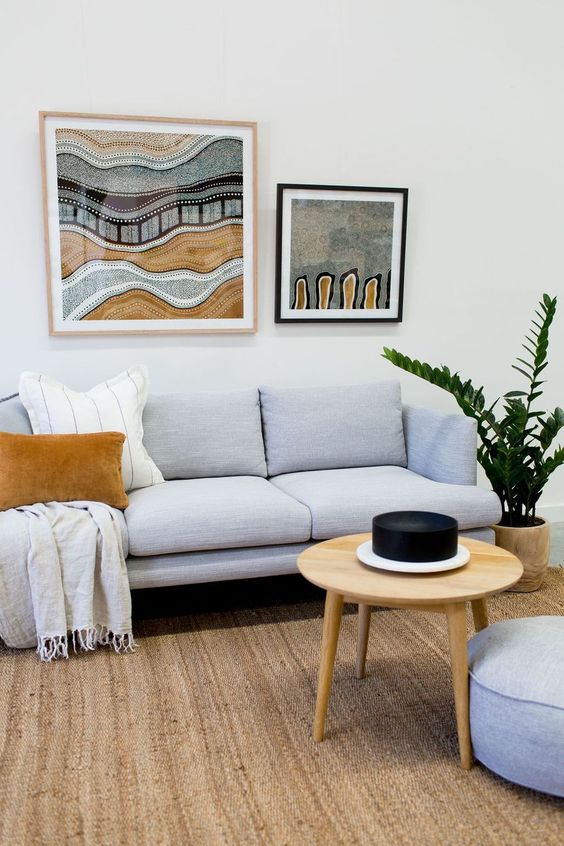
Indigenous artwork includes pre-European find and contemporary art. Connection to the four elements – water, air, fire and wind can be found as a common theme across indigenous art, but also references to the spiritual, intellectual and physical realms. All of the Aboriginal designs tell a story about the artist’s heritage and cultural connection in a meaningful, educational and aesthetically pleasing way.
Why Choose Indigenous Art?
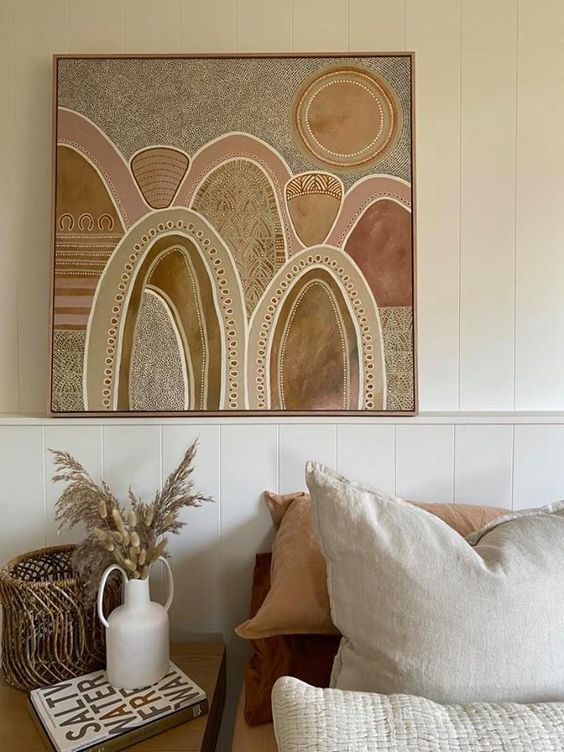
Homeowners these days often choose wall art that benefits the look of their space. Visual art is an expression of belonging and connection with traditions and spiritual beliefs. Expressions of Indigenous visual art, and other forms of art as well, show an ongoing connection and relationship with land and sea and a special glimpse into the beliefs and experiences of both current and past cultures.
Art is a huge part of cultural identity and history and understanding how others make art can build a bridge between people and make us appreciate our differences and similarities. If you want to add a unique vibe to your home or office interior, you can choose Indigenous artwork and open a door to new ways of seeing and conversations about past and current culture.
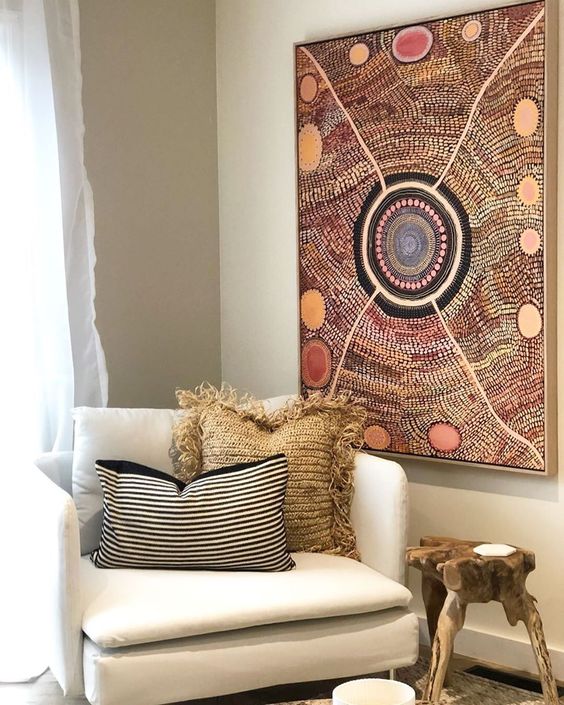
Aboriginal art is the oldest form of artistic expression in the world. Aboriginals don’t have a formal written language and the artwork is very central to Aboriginal culture because it is a visual story. Interestingly, there are 500 different Aboriginal languages, so no two Aboriginal artworks are the same. In the last century, Australian Aboriginal art has emerged as one of the world’s most important contemporary art movements.
The knowledge of traditional culture was mostly kept secret from outsiders until the 1970s, when a teacher named Geoffrey Bardon spent some time in the remote Aboriginal settlement of Papunya, west of Alice Springs. While he was working with Aboriginal children, he noticed that whilst Aboriginal men were telling stories, they would draw symbols in the sand.
He encouraged them to paint the stories onto board and canvas and thanks to him, a group of tribal elders agreed to share a few stories with outsiders in the form of paintings. For them, it was a way to communicate their stories and culture to the world and make money for their communities at the same time. Later on, Indigenous communities across Australia began to create art as well.
The Aboriginal Indigenous communities believe that the earth and everything on it was created by their ancestral spirits. It is known as Dreamtime or Dreaming, the period when the ancestral spirits evolved from the earth and descended from the sky to walk on the land. It was the time when mountains, rocks, rivers, deserts, flora and fauna and people were made.
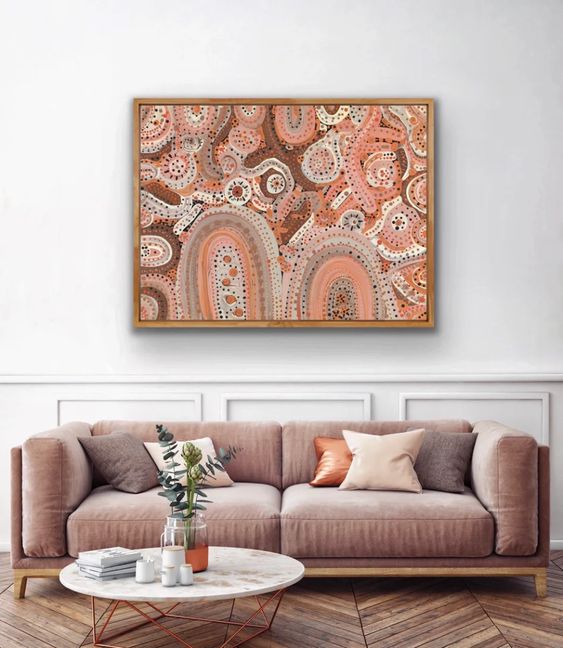
This period was the main inspiration for Aboriginal art and Dreaming stories were told through songs and dances and symbolic drawings and educated people about their moral laws, philosophies, politics and beliefs. The symbols used in traditional and contemporary Aboriginal artwork are the same as those found centuries ago in rock art and cave paintings. It is a great way to preserve their history, culture, heritage and beliefs.
Art is a universal language and when it comes to Aboriginal art, it’s inspired by deep spiritual beliefs and there is a deep connection to the land. It has helped to strengthen culture in Aboriginal society by reinforcing the values of traditional knowledge and has substantially knocked down barriers of prejudices and misunderstanding.
As such, it has found a way to be represented in both ethnographic and contemporary art collections. The Indigenous visual arts and crafts have provided significant social and cultural benefits for Indigenous individuals and communities, as well as the wider Australian and international community.
Aboriginal artists need authority and permission to paint traditional stories. Ownership of the stories is transmitted down generational lines and the artists inherit the right to pain certain cultural stories. They inherit the rights to these stores within skin groups or moieties. Aboriginal art differs in style and character depending on which region is the artist from.
How to Choose Indigenous Artworks
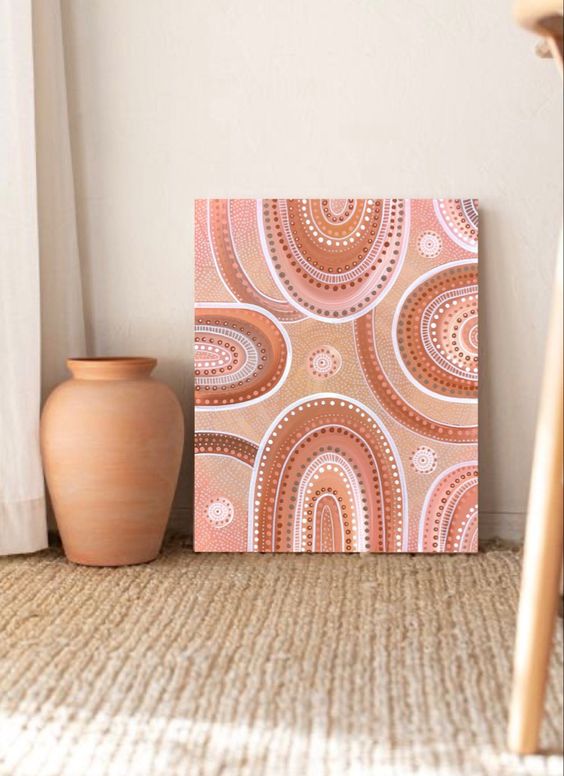
If chosen carefully, your Indigenous art painting can easily become the centrepiece of the room. However, there are many styles of Aboriginal art, so it’s a good idea to determine which style appeals to you the most. Just follow your intuition and select one that speaks to you spiritually and personally.
All Aboriginal art comes with a story and most of it is based on the artist’s individual journey. So, look at the strength of the meaning of the artwork and ask yourself if it resonates with you and if you can find a part of your personal story in the work. But some works may not have a story, yet they are still beautiful and allow you to create your own story.
As a proud Pisces known for the selflessness, Olivia joined up the blog fascinated by the idea she can help readers with info on topics and their related benefits like health and beauty, travel, food and drinks. When not writing, she likes to call it a day reading comic books in the company of her Tonkinese cat Chatty or binge-watching The Big Bang Theory with her SO like the nerd she is.





